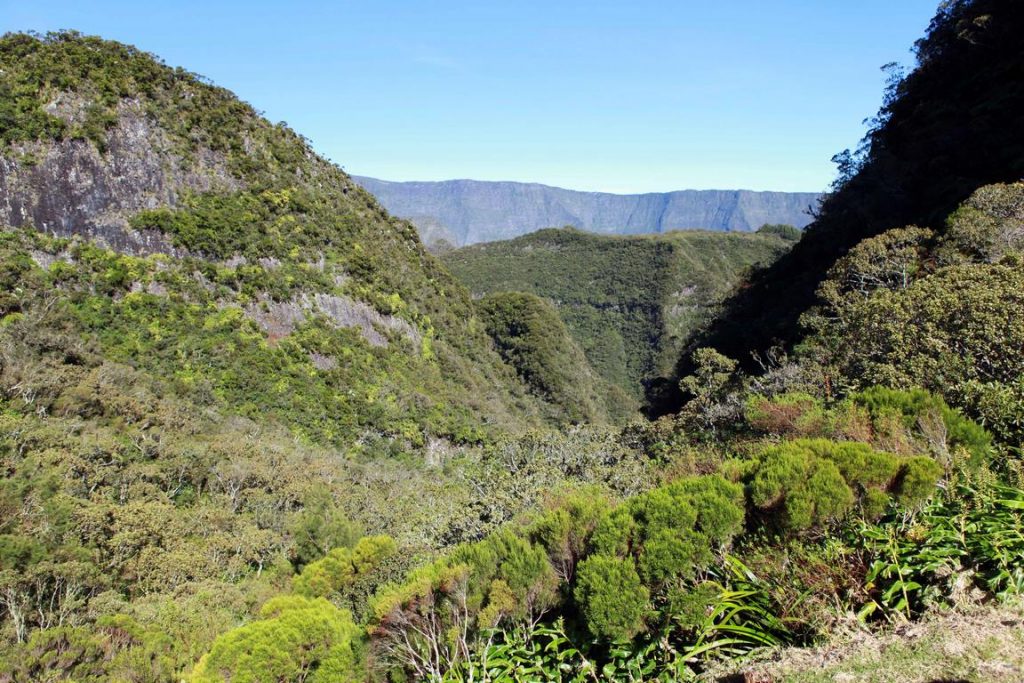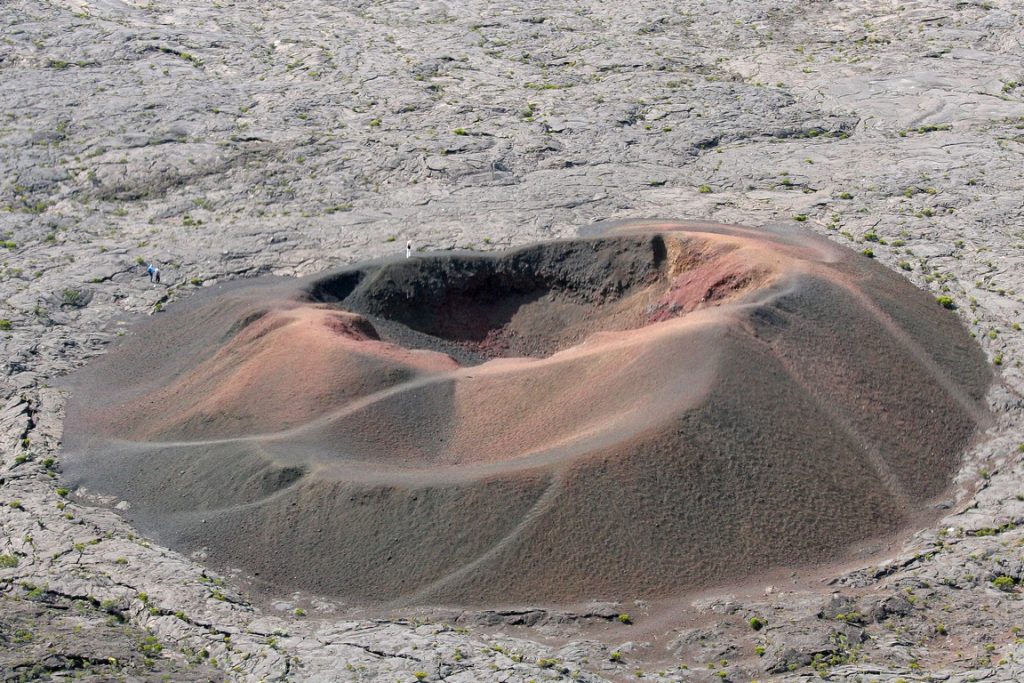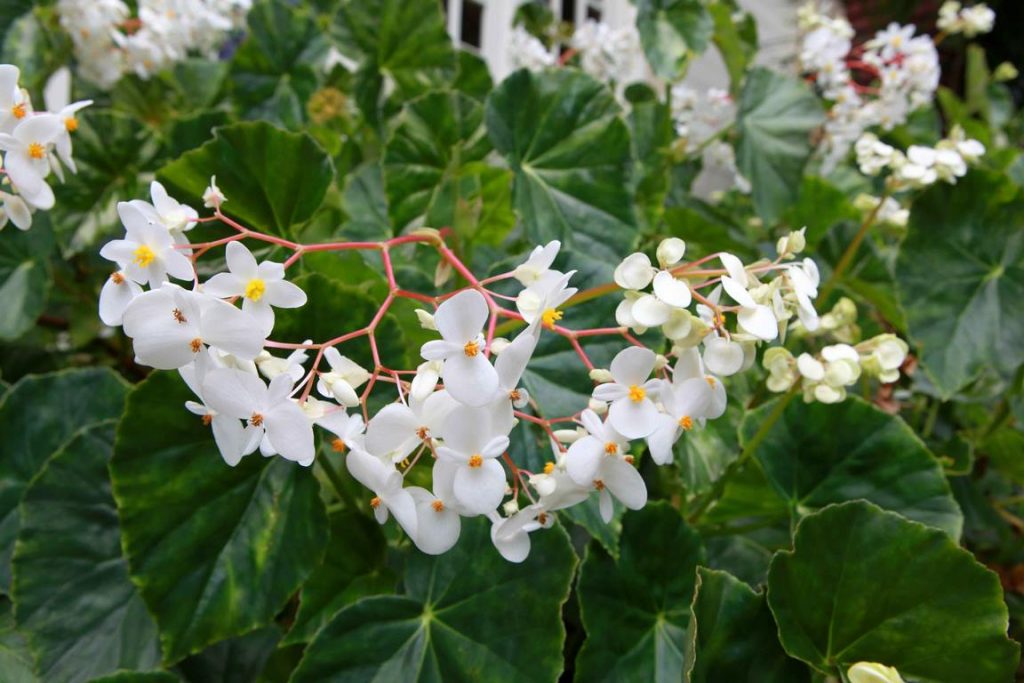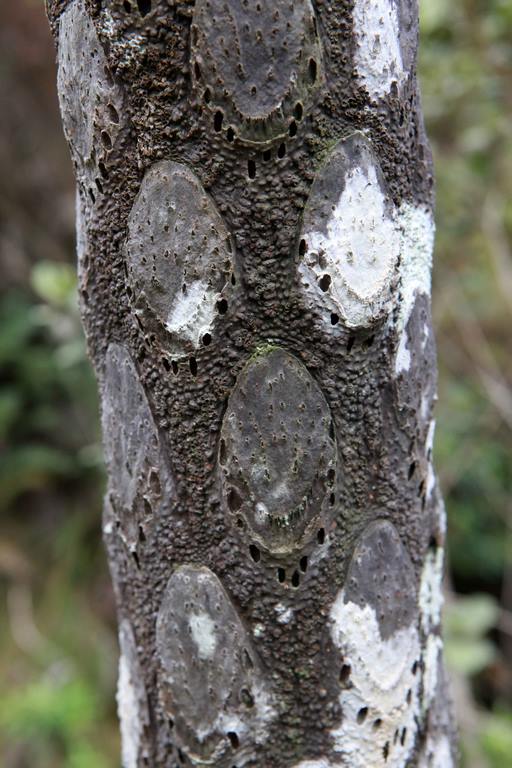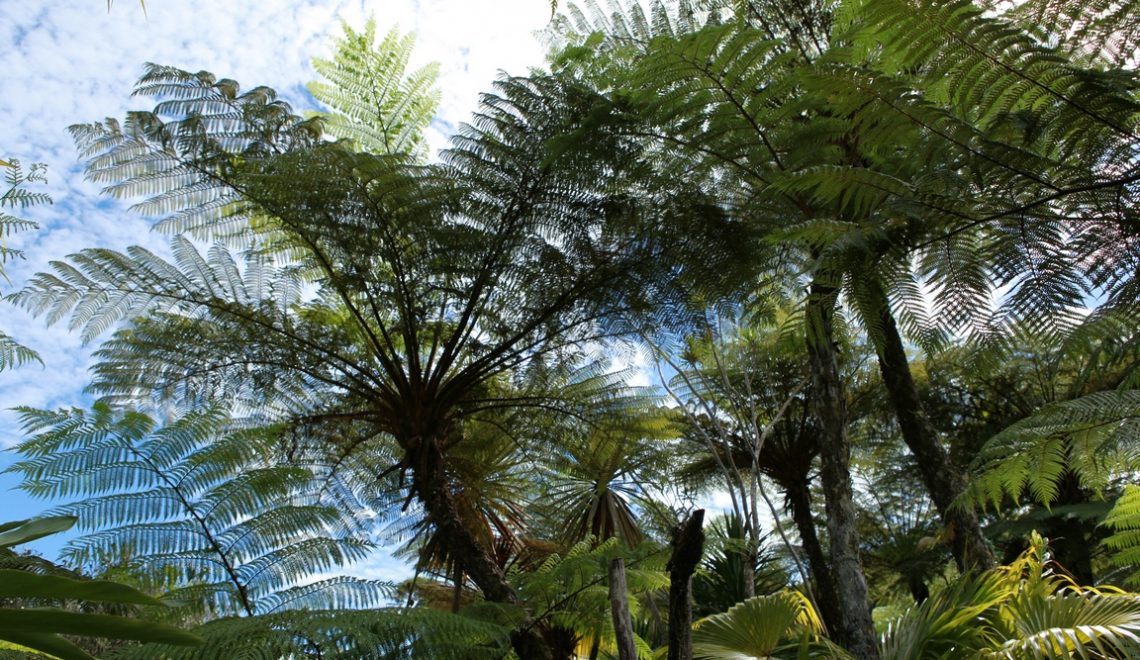
Its grandiose landscapes, its wild nature and the magnificent hiking trails that criss-cross it have made the reputation of this beautiful land of France emerged in the middle of the Indian Ocean. We are "in the perfumed land that the sun caresses", as Baudelaire wrote in his poem "À une dame créole". An island with exceptional endemic flora.
Along with Mauritius, Rodrigues and a number of Mauritian islets, Reunion island forms the Mascareignes archipelago, named after the Portuguese navigator Pedro Mascarenhas who explored them. For a long time a simple stopover on the route to India, Reunion became French in 1764. Formerly named Bourbon, its current name was changed in 1793, during the Paris Convention, in reference to the "reunion" of the people of Marseilles and several battalions of the National Guard during the assault on the Tuileries Palace. Bonaparte island in 1806, Bourbon island from the time of the British occupation in 1810, then Bourbon from 1815 onwards, it definitively regained its name in 1848.
Also known as the "Intense Island", Reunion boasts an exceptional volcanic and mountainous terrain. Here, nature has left an extraordinary wealth of landscapes over an area of 2,500 km², the equivalent of a small French department. The face of the island changes at every level of its rugged terrain. From the top of the peaks to the pounding of the waves, everything here is dominated by an indomitable and fiery nature.
A life-size botanical garden
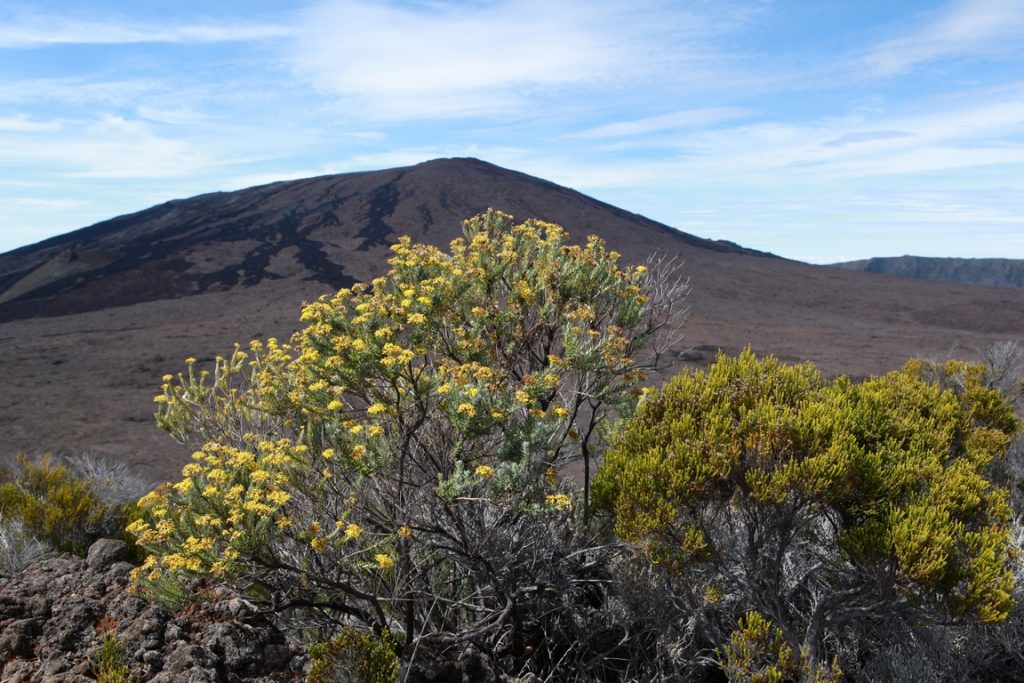
With major differences in temperature and rainfall depending on the relief and geographical location, the island offers highly contrasting landscapes and therefore different ecosystems: volcanic mineral desert at La Fournaise, a 27km lagoon on the west coast, superb basalt cliffs in the east, expanses of sugar cane in the plains, jagged landscapes in the Hauts, all are striking and powerful.
This mosaic of natural environments makes Reunion a hotbed of endemism and a site of global value in terms of biodiversity. Although some species, such as the dodo, which has become the emblem of the local beer, and the giant Bourbon tortoise, did not survive the arrival of man in the 17th century, many others have become endemic and have helped to forge the identity of this island region.
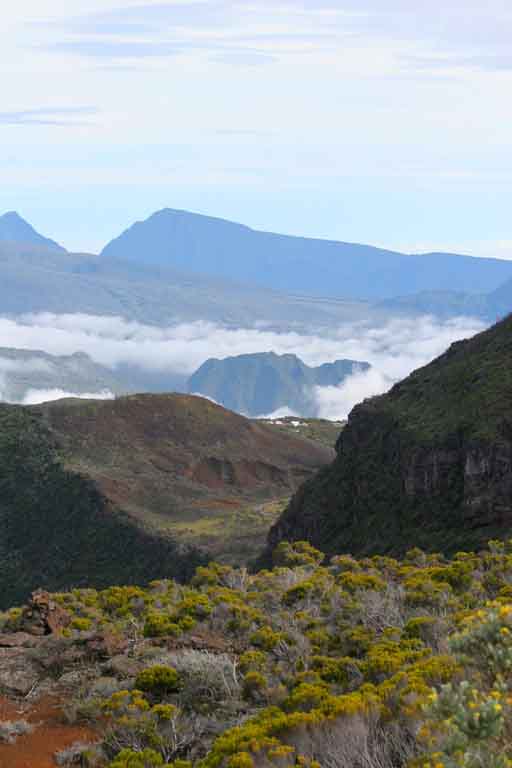
The mascarin floral world
More than 30 % of the plant species that grow on Reunion are endemic. In other words, they only exist here. These include the two coffee trees of Bourbon, the begonia of Salazie, the guinea fowl wood (Coptosperma borbonica), the tamarind of the Hauts, the "bois de couleurs", remarkable for the colourful hues of their trunks or the magnificent orchids that colonise the trees of the primary forest and which can be found in Salazie or when visiting the Conservatoire botanique de Mascarin or the Maison Folio in Hell-Bourg.
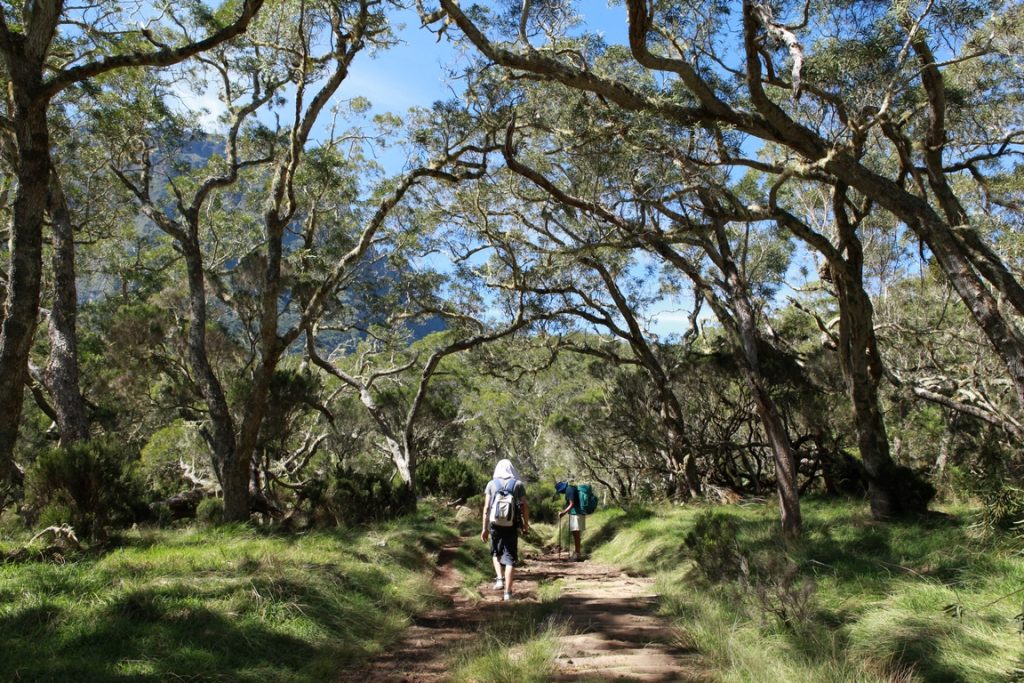
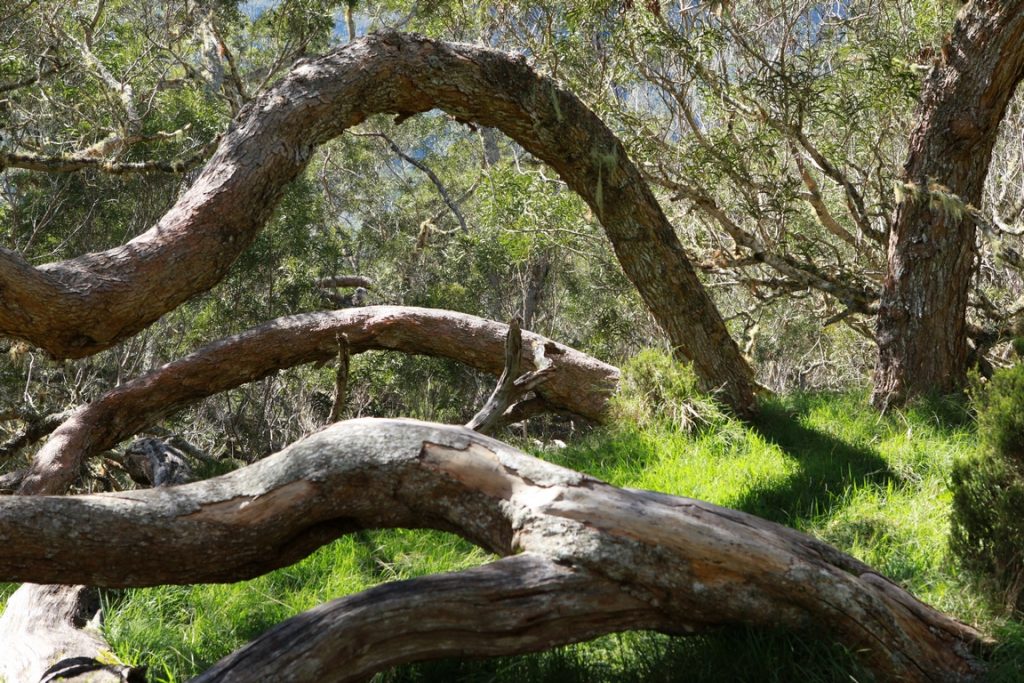
The first species to colonise the island came from neighbouring lands: Mauritius, Madagascar and the African continent. Others came from Asia or the Pacific, brought by sea currents, migratory birds and trade winds or monsoon flows. Others were brought by Portuguese sailors.
Many of these plants have vernacular names, such as Ti clover (Oxalis corniculata), Petit Pimpin (Pandanus sylvestris) or Tabac-boeuf (Miconia crenata). A magnificent Creole language, so expressive and lilting, which has baptised plants, animals and people with colourful adjectives. Like the nickname "Zoreils" given to the French in mainland France, which is said to have originated from the fact that, having a poor understanding of Creole, they would constantly repeat themselves and thus come across as hard of hearing (oreilles mean ears).
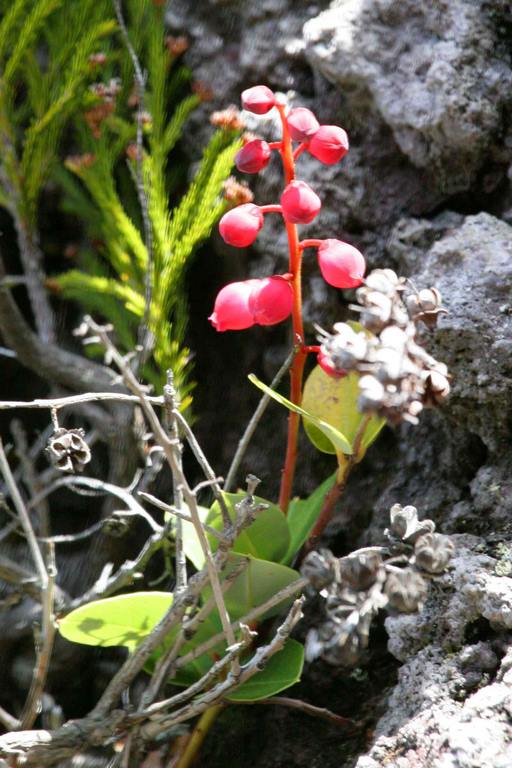
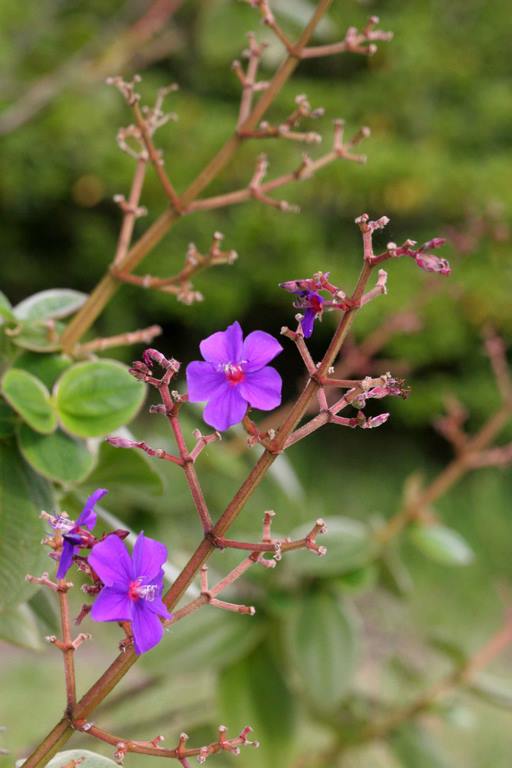
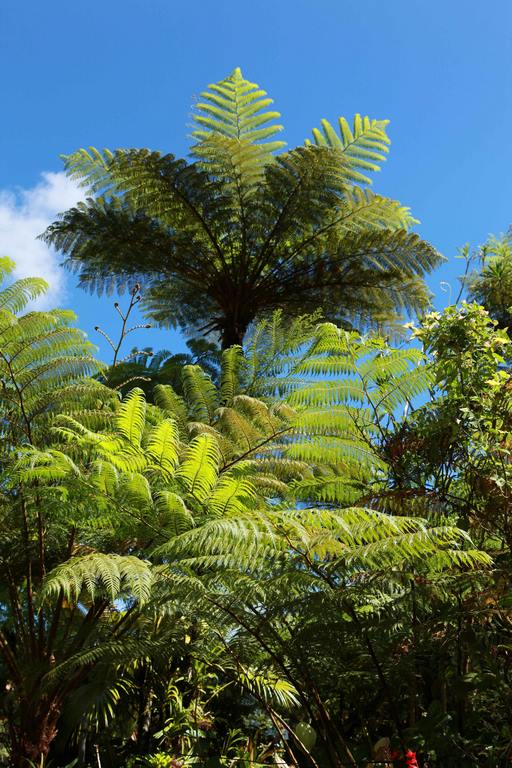
Today, human pressure (clearing, deforestation, overharvesting, competition from colonising and invasive plant species), tourism and natural hazards (volcanoes, cyclones) threaten the survival of these rare species. Here more than anywhere else, Reunion's landscapes are constantly changing under the combined action of the natural elements and the hand of man. This threatens already fragile ecosystems. Longoses, galabert, guava, In total around a hundred plants are so invasive that they are the subject of ambitious control programmes. So don't take any plants, or you risk spreading the seeds.
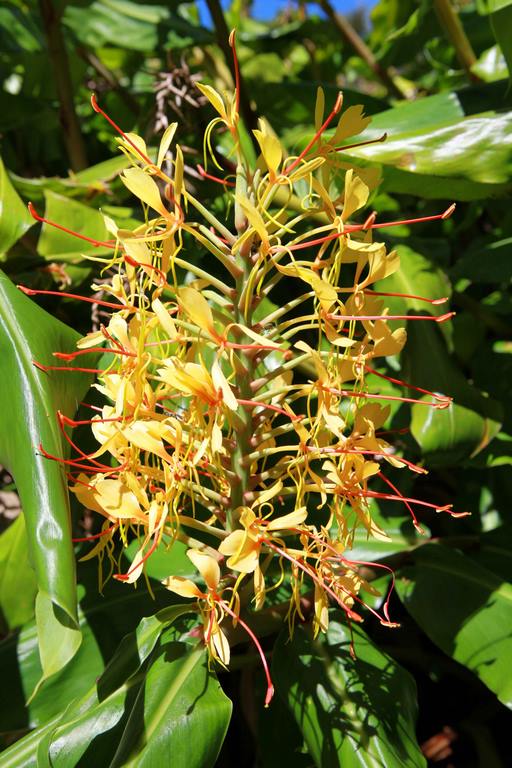
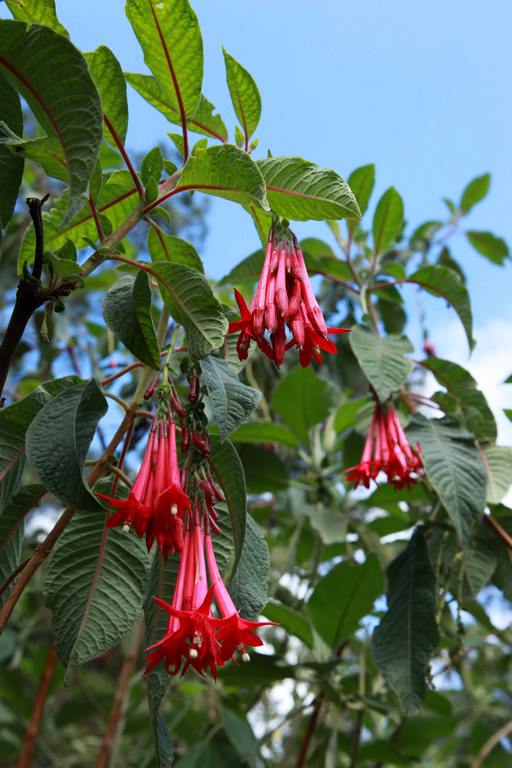
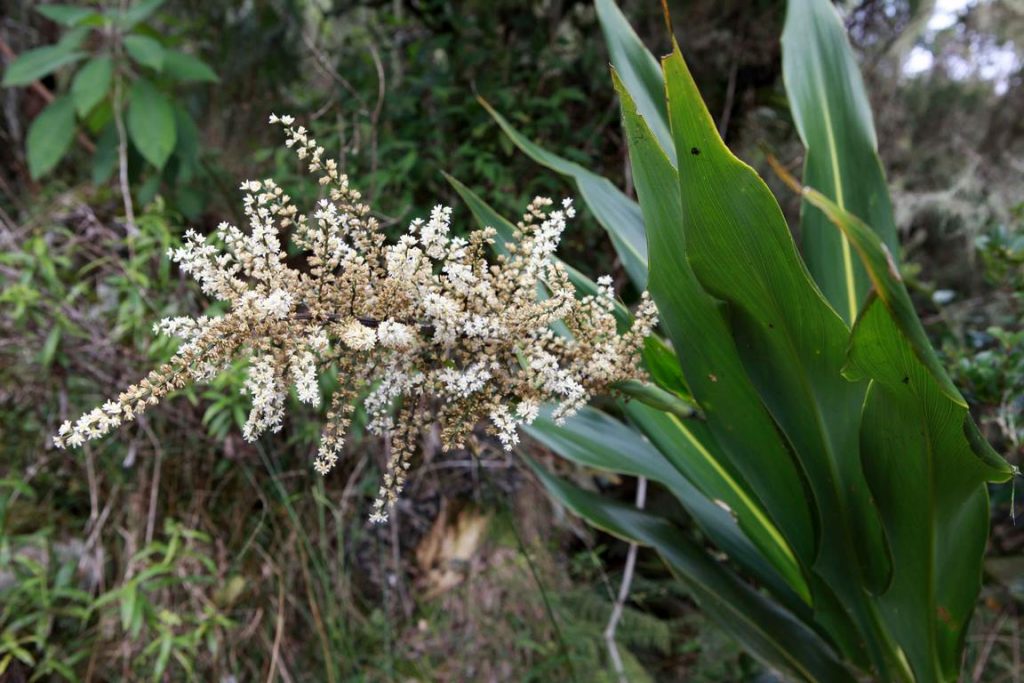
Native and exotic species
Some plants have been introduced, intentionally or otherwise, by man. Over time, the island has become covered in a multitude of vegetation, brimming with botanical treasures. There are many indigenous species. These include Mahots (Dombeya, Hibiscus), Bois d'ortie, Bois de Joli-coeur, and Calliandra calothyrsus (Fabaceae), native to Central America and Mexico, where it grows from sea level to an altitude of 1,900 metres. The species has been introduced into many tropical regions, where it is used in agroforestry systems, as a shade plantation, as an intercropping hedge to protect soils from erosive rain and, more recently, as fodder for livestock..
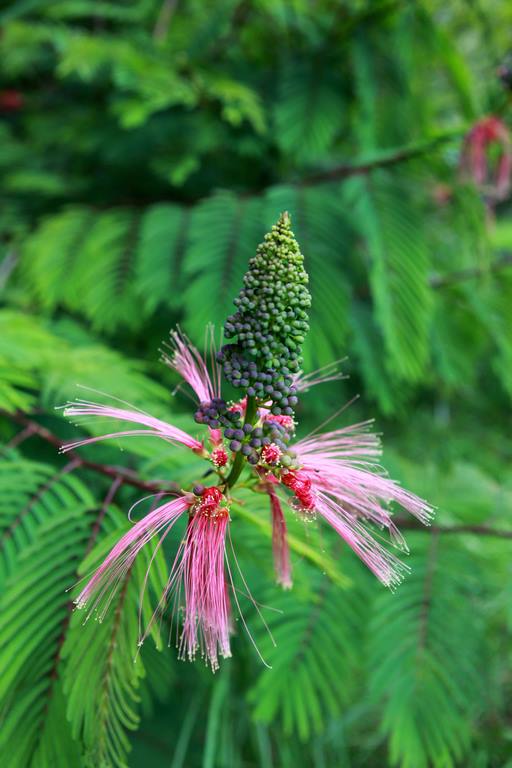
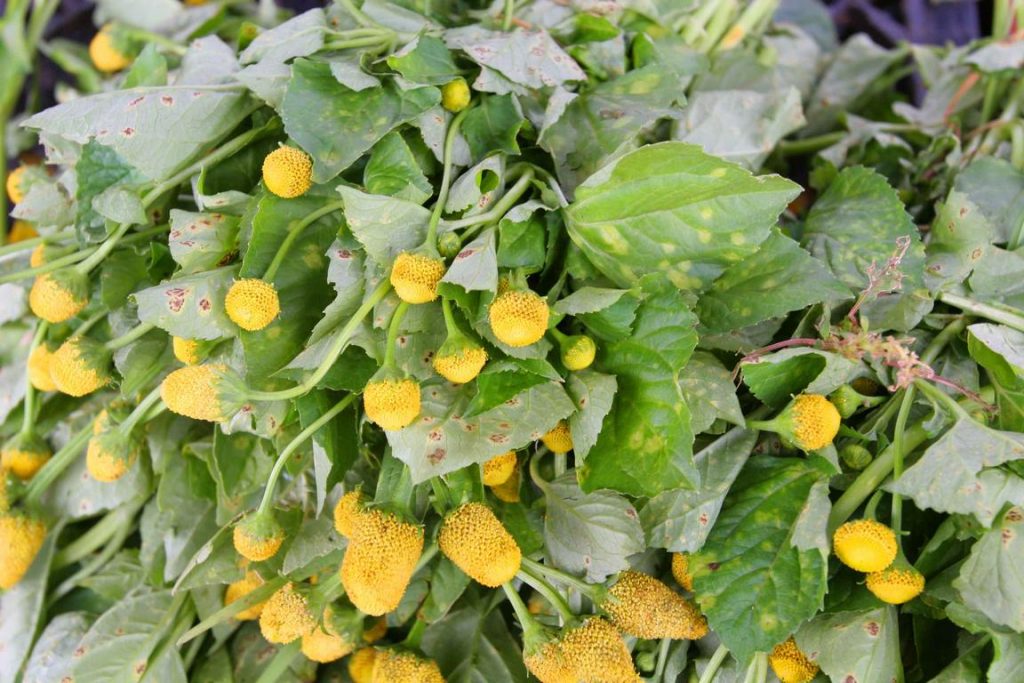
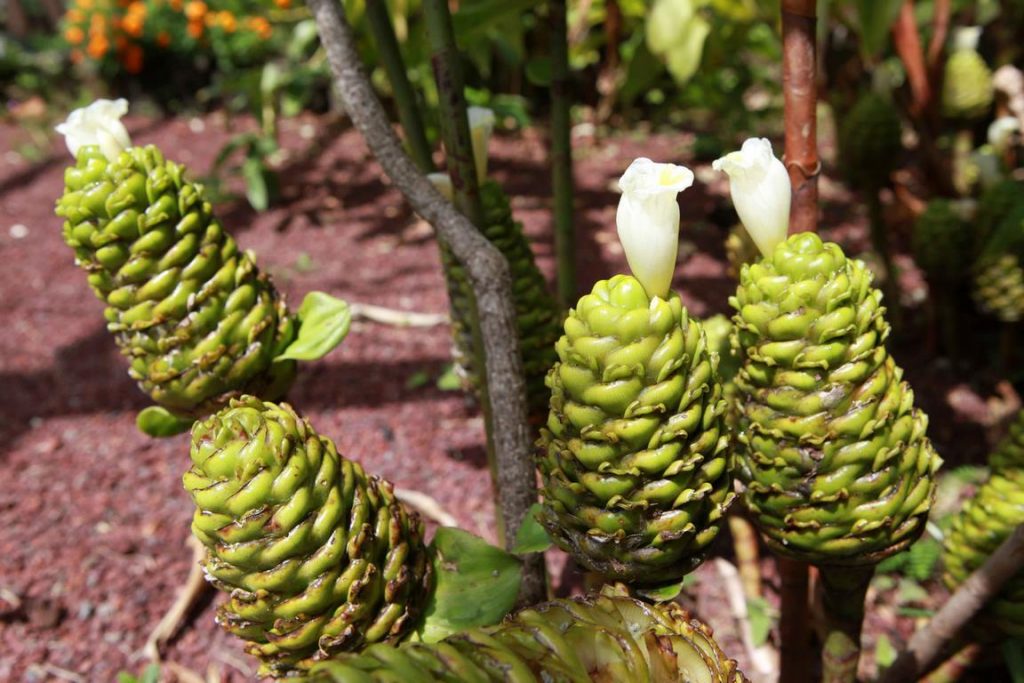
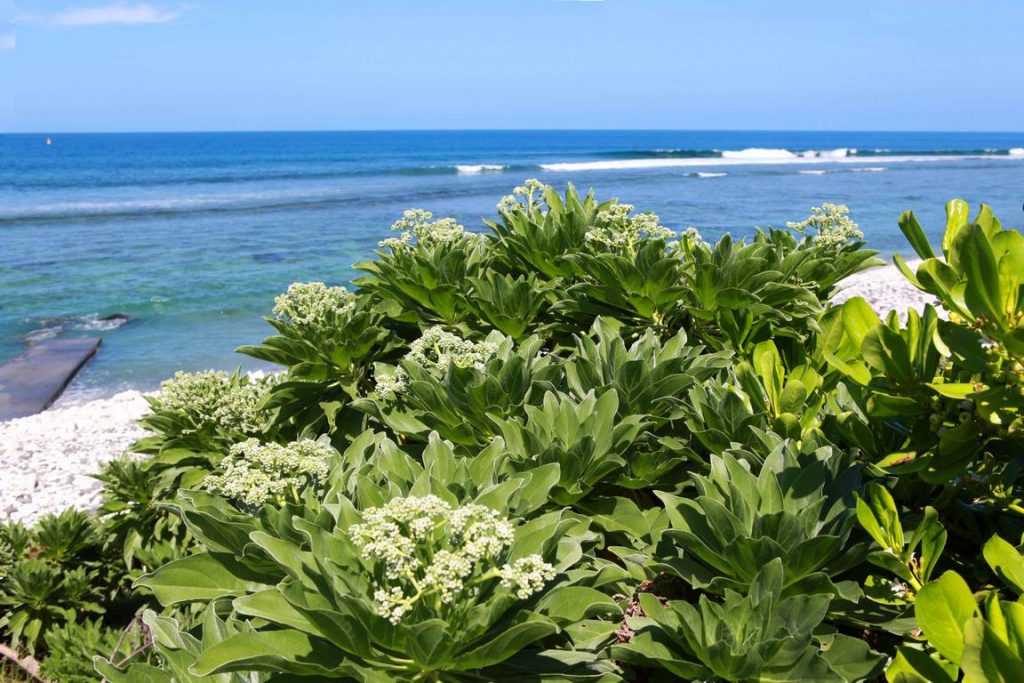
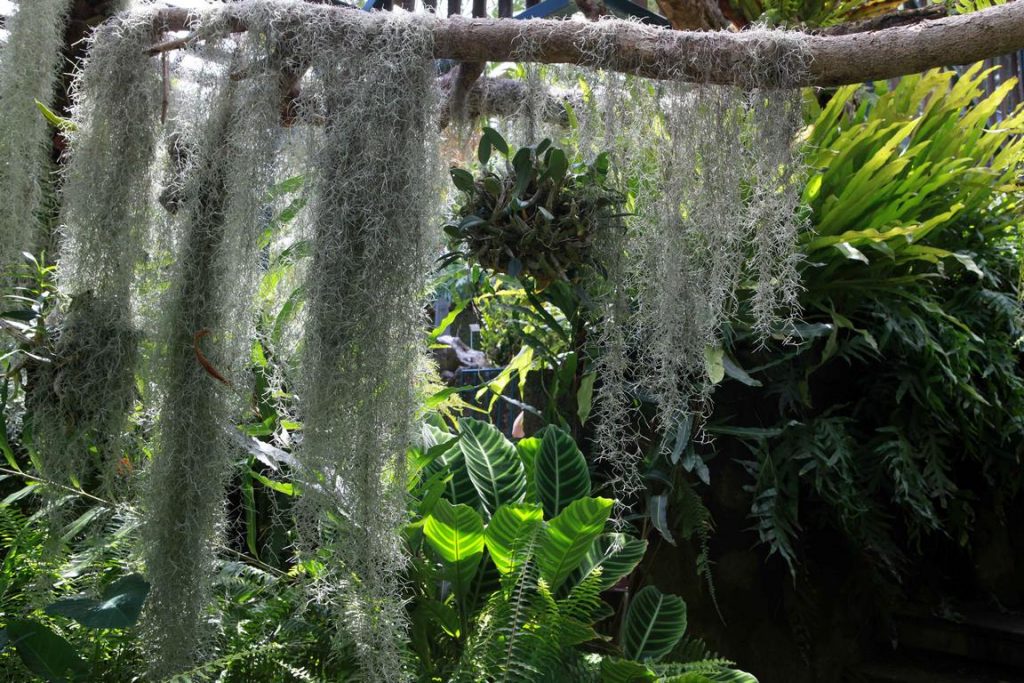
For more information
Office de tourisme de La Réunion : https://www.reunion.fr/
Text Brigitte Postel
Photos Florian Ferry and Brigitte Postel

